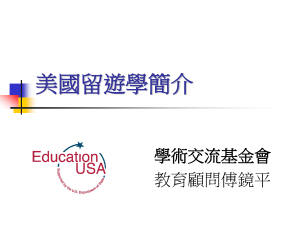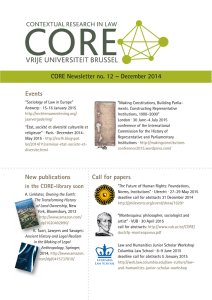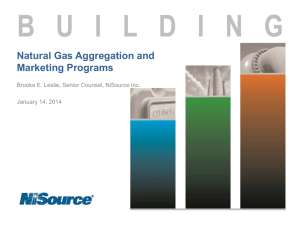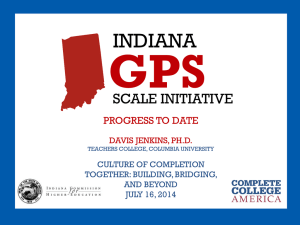Vessel-Focused Infrastructure
advertisement
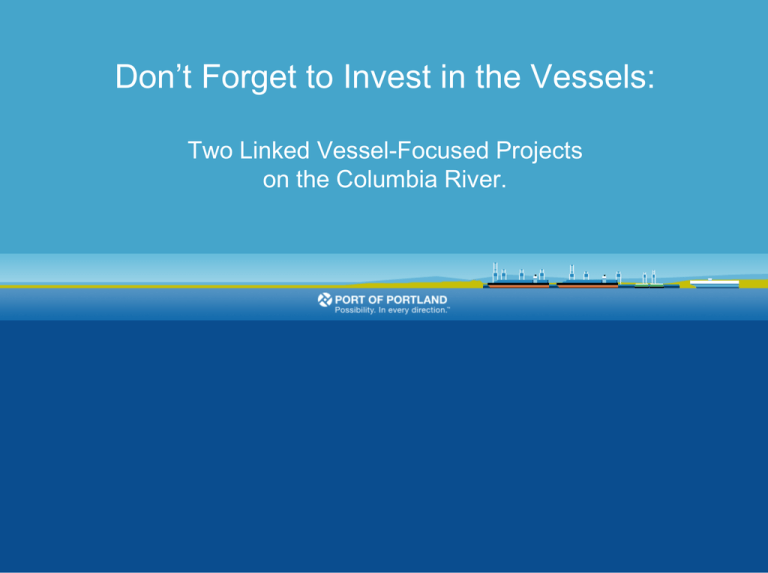
Don’t Forget to Invest in the Vessels: Two Linked Vessel-Focused Projects on the Columbia River. Q: What do ports naturally tend to focus on? A: Hard infrastructure like terminals, rail facilities, & channels. – It’s always there. (It stays put.) – We own it. We control it. – We are responsible for it. – We directly profit from it. A: Commercial & Governmental relationships. – They are crucial to us on a daily basis. – They involve a (more or less) stable set of players. – We directly or indirectly profit from them. Q: What do ports naturally tend to forget? A: The vessels themselves. • Individual vessels come and go. (Mostly they are gone.) • They usually belong to somebody else. • They are not in our control. • We may not see the same vessel twice. • They seem to be remarkably self-sufficient. • Arguably, we don’t necessarily profit from the operation of the vessel itself. An investment area we may tend to overlook: Vessel-Focused Infrastructure: Specific projects and investments that seek to increase the safety and efficiency of the vessels themselves as they move to and from our berths and terminals. Why pursue these sorts of projects? Because a comparatively small investment in vessel-focused infrastructure can yield a large return in freight mobility efficiency. Two Columbia River Examples: 1. Columbia River Bar Pilots Dynamic Under Keel Clearance (DUKC) Study. – Description: Precisely measure the amount of water under the keels of various vessels as they transit the Columbia River Bar in various conditions. Analyze for risk. We know we have a great safety record. But why? – Status: Complete. – Cost: ~$400K from a State of Oregon “Connect Oregon 3” grant to Columbia River Bar Pilots, plus ~$100K in matching funds from the Bar Pilots’ tech/research fund. Two Columbia River Examples: 2. Columbia River Pilots Vessel Squat* Study. – Description: Measure and analyze precisely how much squat is experienced by actual vessels as they transit the 105 mile, 43’ deep, Columbia River deep draft channel. – Status: Connect Oregon 5 grant funds applied for by Columbia River Pilots. Anticipated grant award in August 2014. Anticipated completion late 2016. – Cost: ~$900K from State CO5 funds. ~$250K in matching funds from various OR & WA ports and terminals. *Squat is the utterly inelegant technical term for the downward settling a vessel experiences as more power is applied. It increases the effective draft of the vessel. What did (and will) we learn? • On the Columbia River Bar, we were able to precisely measure our current safety margins and adjust our practices accordingly. In some cases procedures became more restrictive, and in others less so. But in all cases we now have a precise set of measurements upon which to base future practices. We are safer because we are smarter. • On the Columbia River we intend to precisely measure vessel squat under our current practices, and adjust accordingly. We will also be able to help the Corps precisely prioritize dredging based on vessel motion in specific stretches of the river. What’s next? Link the data and create a tool. The final phase of the Columbia River vessel squat study will marry the data sets from the Columbia River and Bar studies to provide a 1 year demonstration of a comprehensive Columbia River system-wide vessel transit tool. It will take into account vessel type, vessel speed, tidal phase, river level, actual surveyed water depths, and wave state on the Columbia River Bar. It will allow vessels to maximize draft (and revenue) without breaching precisely measured and validated safety margins along the entire Columbia River channel. Transit Overview What’s it worth to us? • The Columbia River is an export-heavy system. One of our major trade sectors is agricultural bulks. Very roughly, here is value of the cargo that remains on the dock every time we are required to restrict just one Panamax vessel’s draft by just one foot: ~$300K if carrying wheat. ~$500K if carrying corn. ~$1.1M if carrying soy. Contrast that with the $1.65M total cost of these two studies. Why These Particular Projects? 1. Excellent bang-to-buck ratio: Allows us know what is/is not working well now, adjust accordingly -- and to better anticipate the needs of newer, larger, and beamier ships we expect to see. 2. Good proactive risk management strategy: In this case, for about $1.65M we will be able to understand precisely why we have a good safety record, identify places where our margins might be less than we would like, and take informed action in response. 3. $1.65M buys very little dredging – but it may well buy us more usable draft through fewer draft restrictions. We know what our vessels are doing, when we need to restrict their draft -- and when we don’t. Other Vessel-Focused Infrastructure ? These Columbia River projects are built around the particular needs and challenges we face. They are meant only as examples. Other port systems may have other needs. Regardless, a close look at the infrastructure gaps that face the vessels themselves as they move into and out of any port system may disclose some excellent opportunities for relatively small -- but high return – infrastructure investment opportunities. One more Vessel-Focused project we did: Questions? Eric Burnette Sr. Waterways Planner Port of Portland 503 . 415 . 6791 Eric.Burnette@Portofportland.com


